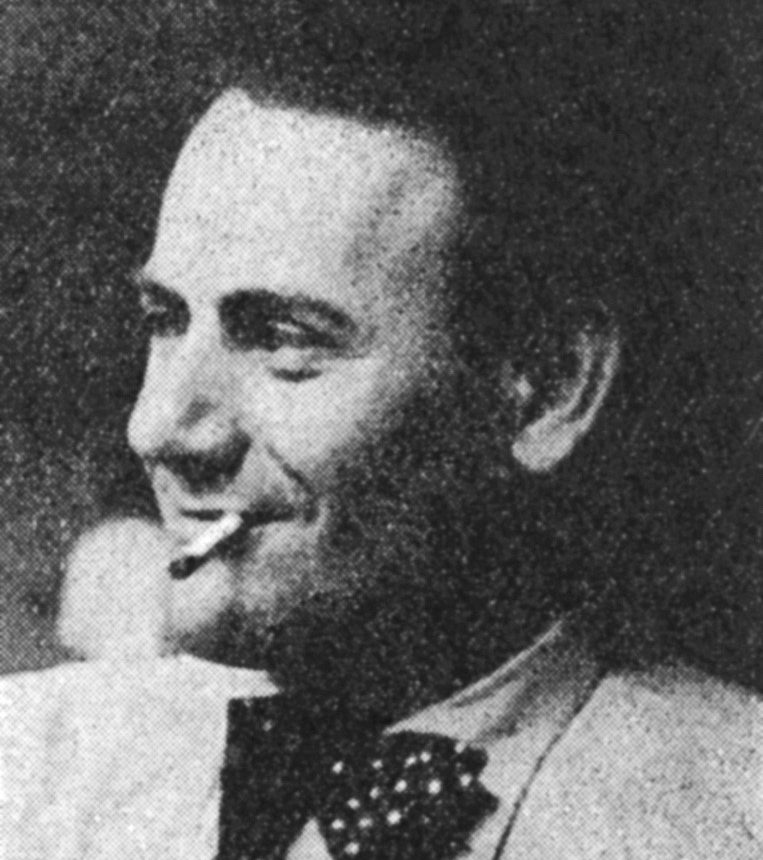Léopold Séménovitch SINAIEFF-BERNSTEIN
January 5, 2019Ossip ZADKINE
January 5, 2019Fernand VAGO-WEISS
BUDAPEST 1896 – DEPORTED 1942
Fernand Vago-Weiss’s parents were furniture merchants. He studied sculpture at the School of Fine Arts in Budapest. In 1917, he was enlisted in the Austro-Hungarian army and stopped his studies. In 1918, he returned to his hometown and dedicated his time to his artistic activity. He lived in Berlin from 1920 to 1923, before moving to Paris. He spent time in Montparnasse, especially at Le Dôme. When the war broke out, he joined the French Army.
On August 24, 1941, Fernand Vago-Weiss was arrested in 7 impasse du Rouet. He was interned in Drancy, where he drew on small pieces of paper. His editor Pierre Moton tried in vain to release him. He was deported in July 1942. He was murdered by the Nazis.
Stories of Jewish Artists of the School of Paris 1905-1939
FRENCH-ENGLISH
Capitale des arts, le Paris des années 1905-1939 attire les artistes du monde entier. De cette période de foisonnement, un terme est resté, celui d'Ecole de Paris, qui recouvre une grande diversité d'expression artistique. Dans ce brassage dont Montparnasse est le creuset, un groupe se distingue : celui des artistes juifs venus de Russie, de Pologne et d'Europe centrale. Si leurs styles sont variés, un destin commun les rassemble : ils fuient l'antisémitisme de leur pays d'origine. Certains ont connu la célébrité dès les années 1920, tels Soutine, Lipchitz ou Chagall. D'autres n'ont pas eu le temps ou la chance d'y accéder. Près de la moitié a péri dans les camps de concentration nazis.
From 1905 to 1939, Paris attracted artists from all over the globe as the capital of the art world. This period of artistic proliferation became known as the School of Paris, and includes a great diversity of artistic expression. Within the teeming art world centred on Montparnasse, one group set itself apart: Jewish artists from Russia, Poland, and Central Europe. Although their styles were diverse, they shared the common fate of fleeing anti-Semitic persecutions in their home countries. Some became famous in the 1920s, such as Soutine, Lipchitz, and Chagall, while others did not have the time or the luck to gain renown. Nearly half of these artists died in Nazi concentration camps.





